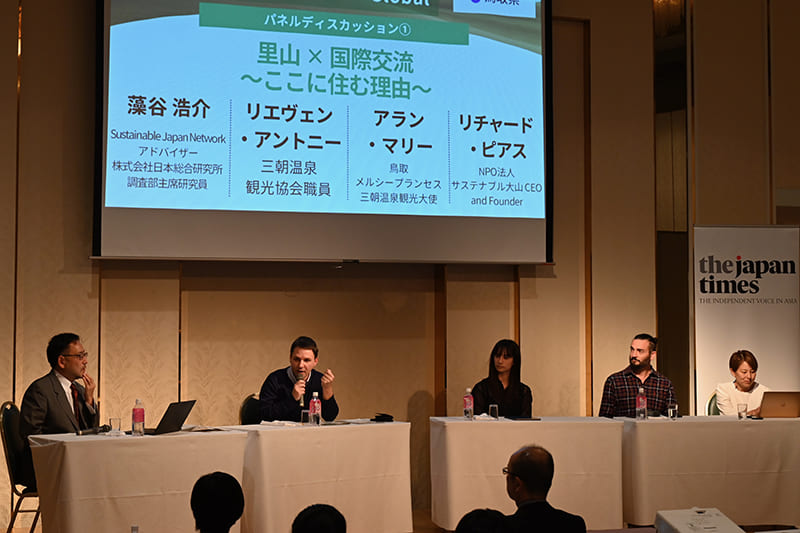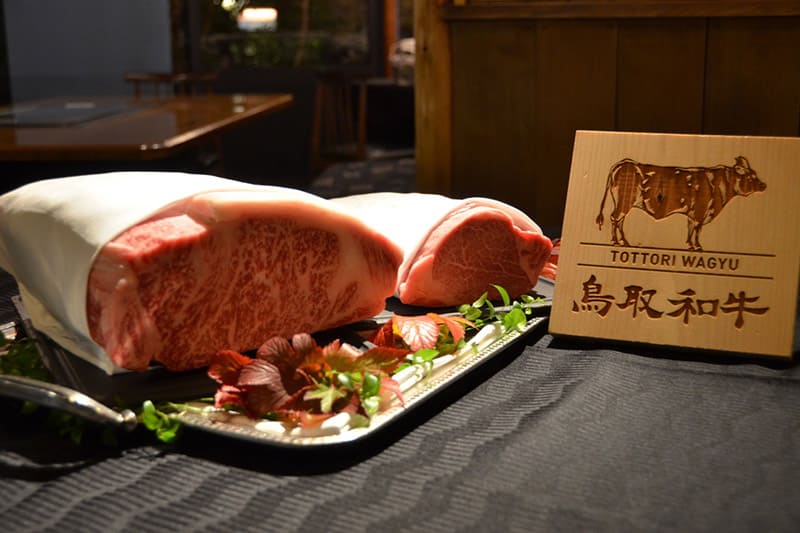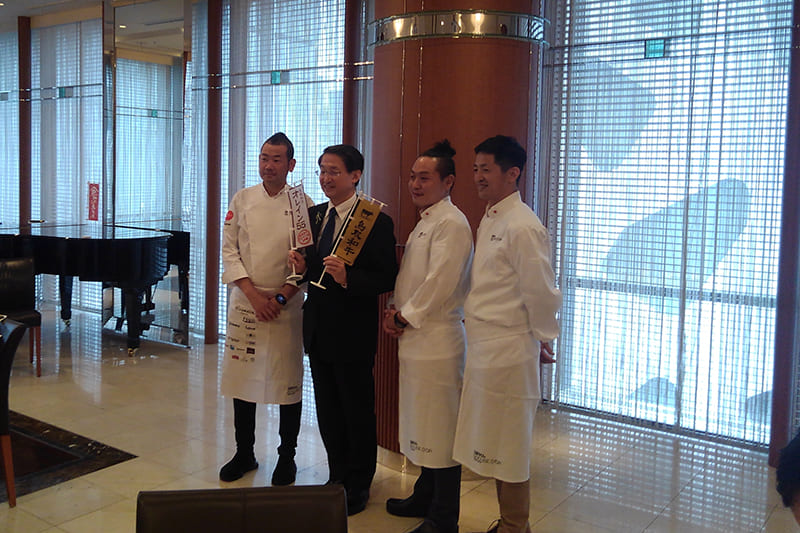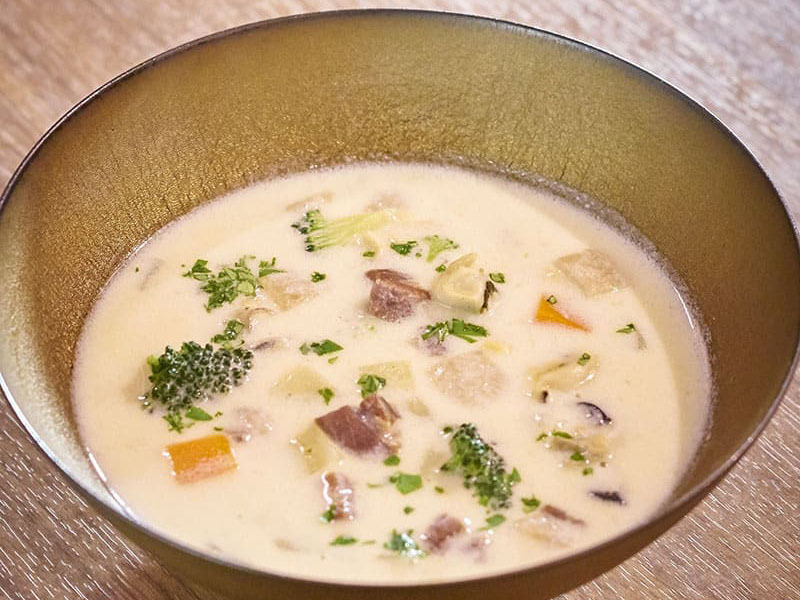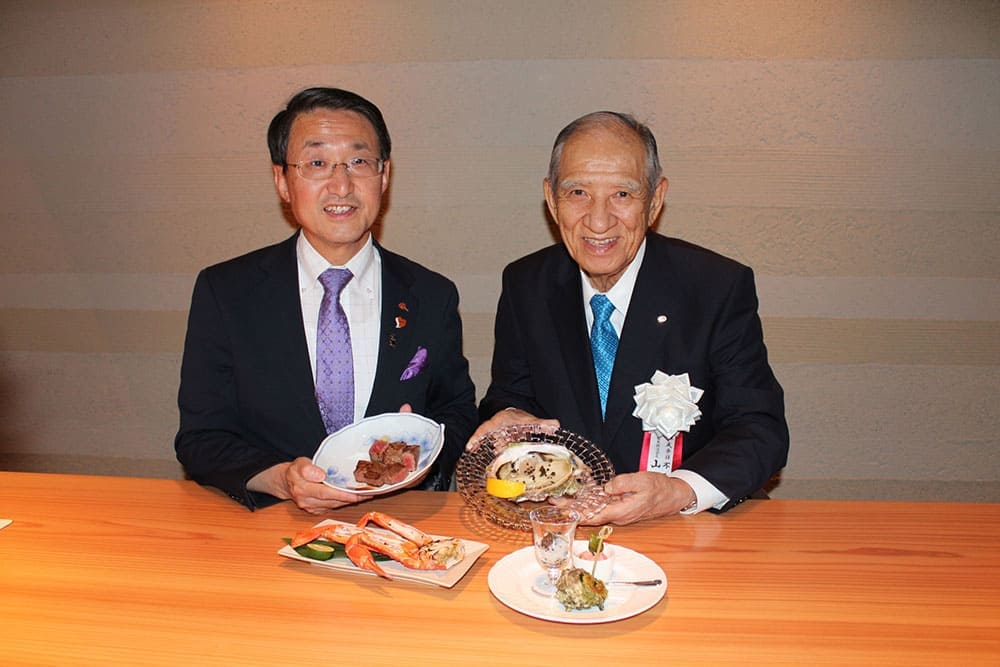October 05, 2021
A starry rice is born: How Tottori created the unique Hoshizoramai
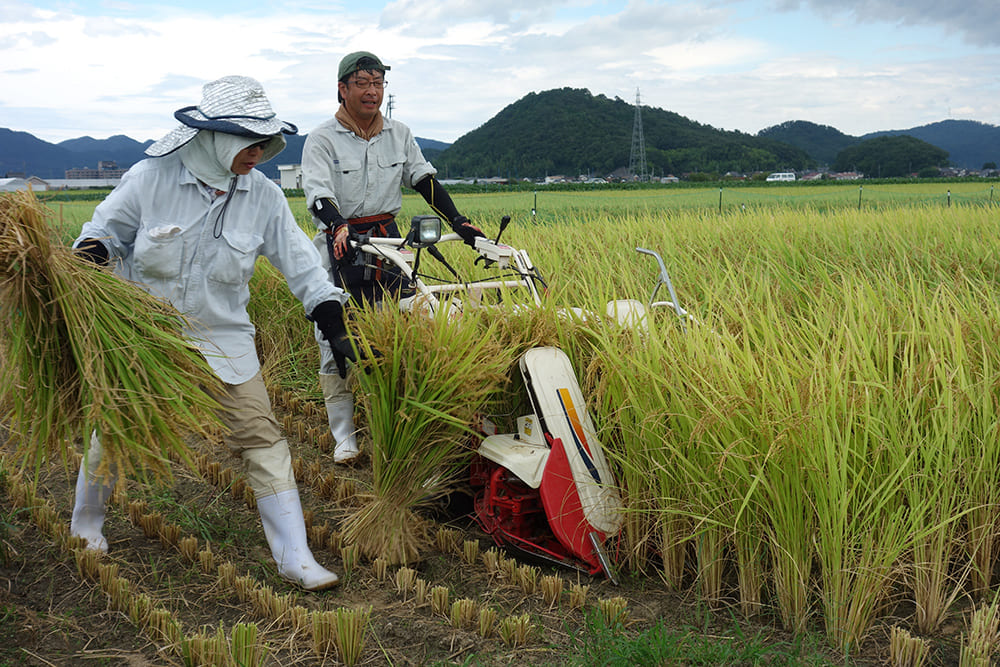
Tottori Prefecture in the Chugoku region is known as the least populous prefecture in Japan, blessed with a wealth of nature. Thanks to its clean air, the Milky Way can be observed from any city, town or village. This is why a new brand of rice produced in Tottori was named Hoshizoramai, meaning “starry sky dance,” with the “mai” playing on one pronunciation for the kanji meaning “rice.”
Hoshizoramai is shiny and sweet, with a firmer texture than other kinds of rice, so you taste each grain separately rather than as a sticky mass. When cooked, it holds a lot of water, which means it is less likely to turn dry and hard when cold. From a farmer’s point of view, its high tolerance for summer heat is a big advantage.
For consumers, having a new rice option is welcome, but it is not easy for Tottori producers to develop and sell a new brand of rice in Japan when there are already a number of brands from prefectures that are better known for rice. The Japan Times Satoyama Consortium interviewed Mikimaro Takagi and Hiroki Nakamura from the Division of Crop Science at Tottori Agricultural Experiment Station online on Sept. 10 to find out why and how the rice was developed.
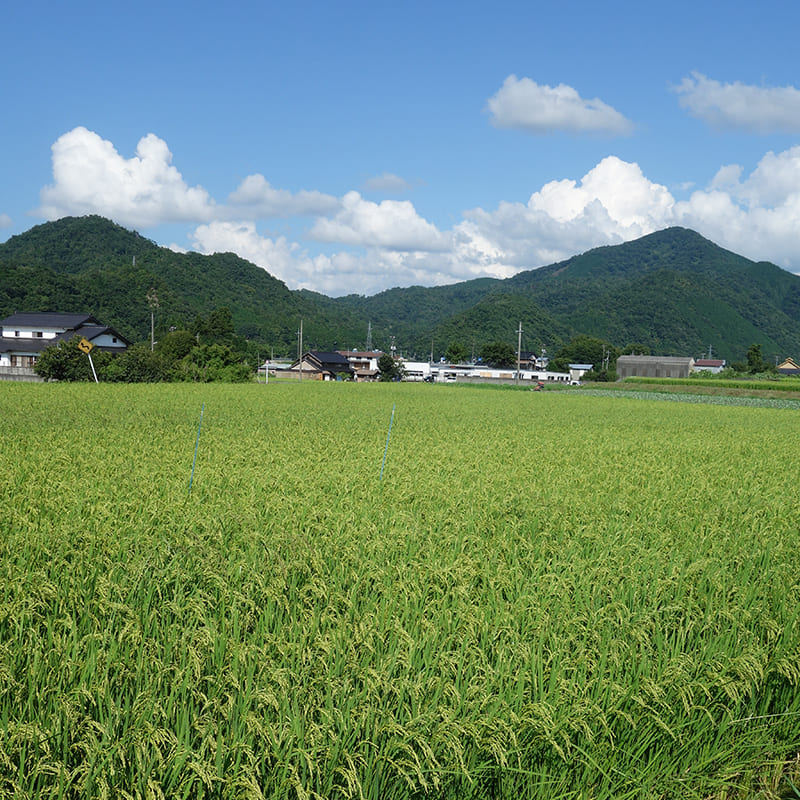
The research and development started more than three decades ago when Shunji Hashimoto, the former director of the division, decided to make a new kind of rice that is strong and delicious, drawing on his own experience of having been born in a farming family and seen the struggles of rice producers. Takagi explained that excessive heat may discolor rice, and strong winds like typhoons may knock down rice plants. The fungal disease blast is also a big enemy for rice growers.
Development of a new brand of rice starts from interbreeding existing kinds. There was already Yumesorara, a brand that had been produced in Tottori for more than a decade. Nakamura explained that the purpose of making Yumesorara was to improve Koshihikari, one of the most well-known brands of rice produced across Japan, to improve the lodging resistance by making the plants shorter. But Yumesorara was weak against heat and blast.
To overcome this, they cross-bred Yumesorara with yet another kind of rice, Sasanishiki BL1, not just once but five times to achieve a stable and satisfying quality. “What we did exactly is that we cross-bred Yumesorara and Sasanishiki, and we crossed Yumesorara again to the result of the first cross-breeding, and on like that for five times altogether,” Nakamura explained.
However, the process of making a new brand of rice does not end there — there is the final and most important phase of actually planting the new rice and making sure its qualities are stable. “To do this final research and testing, we have to plant each rice plant separately by hand to make it possible to recognize and inspect each one. Rice-planting machines cannot do this. They plant several seedlings in a bundle, so we cannot distinguish one seedling from another,” Nakamura explained.
The cultivation of Hoshizoramai, the result of 30 years of effort, started four years ago on just 5 hectares of land. Now it is being produced on 1,254 hectares at 1,988 farms. So far, farmers have evaluated it highly. Takagi explained that the harvesting time for Hoshizoramai is slightly different from those of other kinds of rice produced in the area, which is helpful for farmers who do not have enough manpower to harvest all their fields at once. “Many farmers grow multiple kinds of rice for this reason, as well as to spread out the risk of diseases such as blast,” Takagi said. Growing Hoshizoramai is beneficial for farms because its ability to maintain stable quality without suffering much impact from summer heat ensures stable prices.
In the last few years, an association to promote branded rice was established, and study groups focusing on rice production were formed in the prefecture’s three agricultural cooperatives to encourage farmers to exchange ideas and experiences. The launch of Hoshizoramai has helped stimulate the whole rice-farming industry in Tottori, and its market is expanding outside the prefecture starting with Japan’s major cities, including Tokyo, Osaka and Fukuoka.


